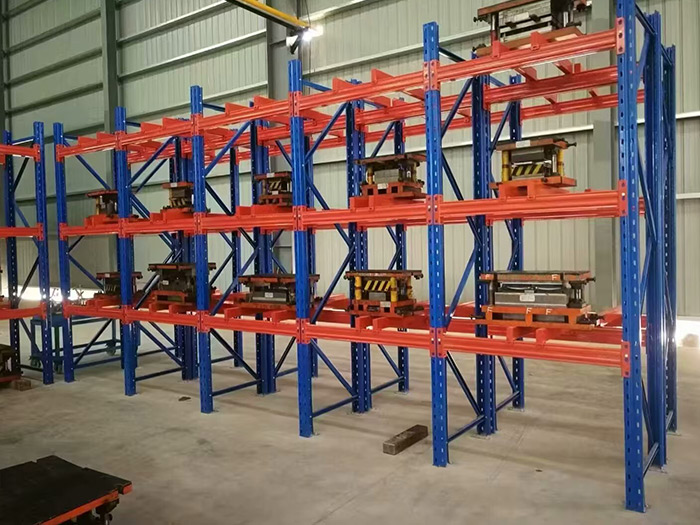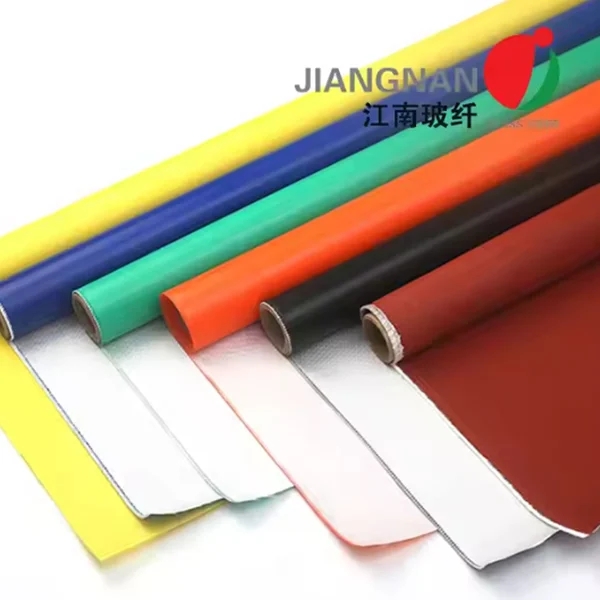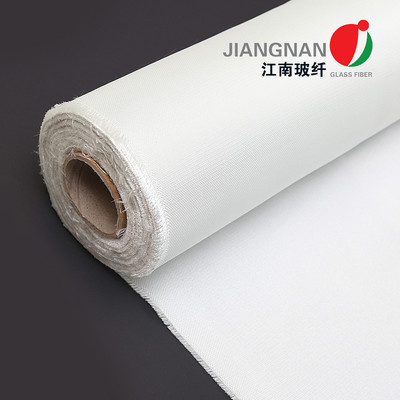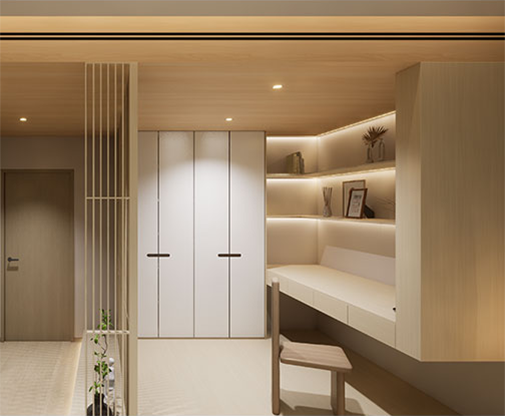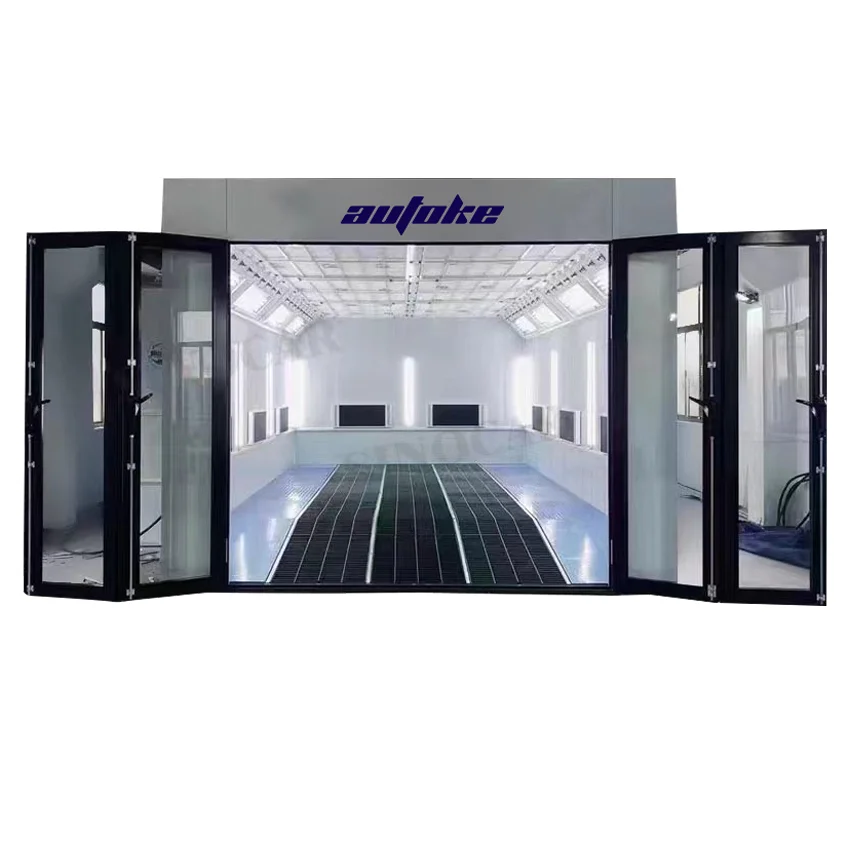Waterproofing exterior walls is a crucial aspect of home maintenance that often goes overlooked. A well-executed waterproofing strategy not only enhances the longevity of your property but also protects it from moisture-related issues such as mold, mildew, and structural damage. In this article, we will delve into the intricacies of making your exterior walls waterproof, exploring various methods, materials, and best practices to ensure your home remains dry and secure.
Understanding the Importance of Waterproofing
Before diving into the methods of waterproofing, it’s essential to understand why it is necessary. Exterior walls are constantly exposed to the elements, including rain, snow, and humidity. Over time, these factors can lead to water infiltration, which can compromise the integrity of your walls and lead to costly repairs. Waterproofing not only protects your home’s structure but also contributes to energy efficiency by preventing heat loss and reducing the risk of condensation.
Assessing Your Exterior Walls
The first step in waterproofing your exterior walls is to assess their current condition. Look for signs of water damage, such as peeling paint, discoloration, or efflorescence (white powdery residue). Additionally, check for cracks, gaps, or other vulnerabilities that could allow water to penetrate. A thorough inspection will help you determine the most effective waterproofing method for your specific situation.
Choosing the Right Waterproofing Method
There are several methods to make exterior walls waterproof, each with its advantages and applications. Here are some of the most effective techniques:
- Sealants and Coatings
Using sealants and coatings is one of the most common methods for waterproofing exterior walls. These products create a barrier that prevents water from penetrating the surface.
- Acrylic Sealants: These are flexible and can expand and contract with temperature changes, making them ideal for areas with fluctuating weather conditions.
- Elastomeric Coatings: These are thicker than standard paint and provide a durable, waterproof membrane. They are particularly effective for masonry and stucco surfaces.
Application Tips: Ensure the surface is clean and dry before applying sealants. Use a brush or roller for even coverage, and follow the manufacturer’s instructions for drying times and application techniques.
- Waterproofing Membranes
Waterproofing membranes are another effective solution, particularly for below-grade walls or areas prone to heavy moisture. These membranes can be applied as sheets or liquid coatings.
- Sheet Membranes: These are typically made from rubberized asphalt or thermoplastic materials and are applied in layers to create a continuous barrier.
- Liquid Membranes: These are applied with a brush or roller and cure to form a seamless, waterproof layer.
Application Tips: Ensure proper surface preparation, including cleaning and priming if necessary. Overlap seams adequately to prevent water ingress.
- Drainage Systems
Incorporating a drainage system is essential for preventing water accumulation around your exterior walls. This method is particularly important for homes in areas with high rainfall or poor drainage.
- French Drains: These are trenches filled with gravel and a perforated pipe that redirects water away from the foundation.
- Weep Holes: These are small openings in masonry walls that allow trapped moisture to escape, reducing pressure on the wall.
Installation Tips: Ensure that drainage systems are installed at the correct slope to facilitate water flow. Regular maintenance is crucial to prevent clogs.
Best Practices for Long-Lasting Waterproofing
To ensure the effectiveness of your waterproofing efforts, consider the following best practices:
- Regular Maintenance: Inspect your exterior walls annually for signs of wear or damage. Promptly address any issues to prevent further deterioration.
- Proper Landscaping: Ensure that landscaping slopes away from your home to prevent water pooling near the foundation.
- Ventilation: Adequate ventilation in attics and crawl spaces can help reduce humidity levels, minimizing the risk of moisture-related problems.
Conclusion
Waterproofing your exterior walls is an investment in the longevity and health of your home. By understanding the various methods available and implementing best practices, you can effectively protect your property from the damaging effects of water infiltration. Whether you choose sealants, membranes, or drainage systems, the key is to stay proactive and vigilant in your maintenance efforts. With the right approach, you can ensure that your home remains a safe and comfortable haven for years to come.
